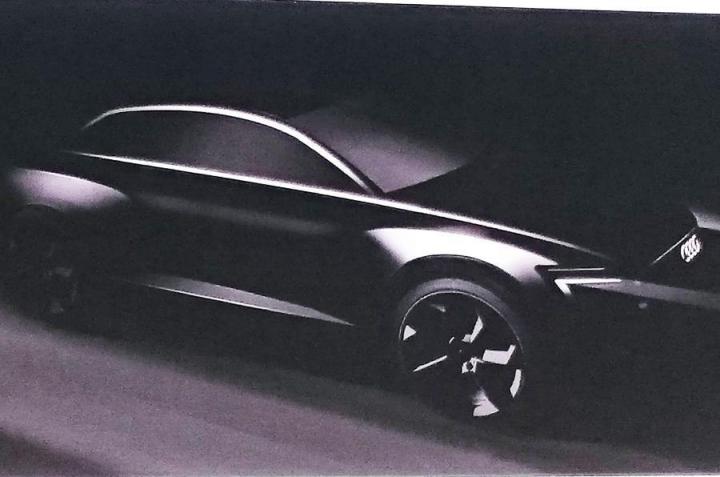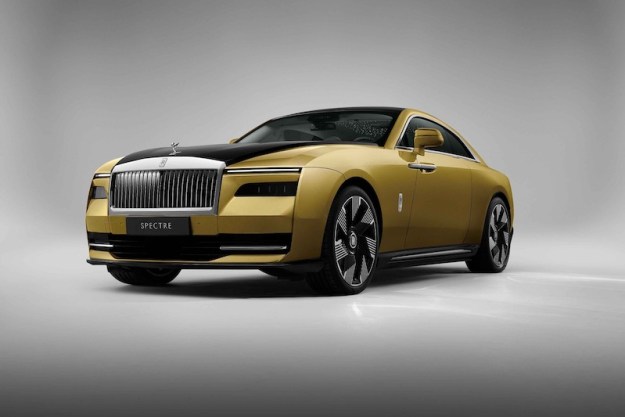
The concept will inaugurate the design language that is expected to influence a long list of Audi-badged EVs over the next few years. The show car is still shrouded in secrecy — Audi hasn’t even revealed its name yet — but company sources told trade journal Automotive News that it will be instantly recognizable thanks to a sporty look and a highly-aerodynamic silhouette.
Tellingly, a spokesman for Audi referred to the concept as a “sports activity vehicle,” a term first coined by BMW. That means the Q6 will be a lot less utilitarian than the Q7 and the smaller Q5.
Mechanically, the concept is expected to use an R8 e-tron-sourced, all-electric drivetrain rated at over 456 horsepower and 679 foot-pounds of torque. It will be able to sprint from zero to 60 mph in about four seconds, and it will go on to a top speed of roughly 124 miles.
Stay tuned, as Audi will likely whet our appetites by publishing a handful of teaser images in the weeks leading up to the Frankfurt Motor Show.
What’s next?
Aimed at the Tesla Model X and high-end variants of the BMW X6 and the Mercedes-Benz GLE-Class, the regular-production version of the Q6 is expected to land in showrooms in time for the 2019 model year, meaning it’s at least three years away. It will share its rear-wheel drive MLB platform with the aforementioned Q7 and the next-gen A8, and it will offer a total driving range of over 300 miles thanks to recent advances in battery technology.
The battery-powered Q6 will carry a base price of about $100,000 when it goes on sale. A hydrogen-powered model and a plug-in hybrid could join the lineup a few years into the production run, but so far there’s no indication that Audi is planning a more affordable model powered only by a gasoline-burning engine.
Editors' Recommendations
- Audi Q6 e-tron ushers in the automaker’s next EV phase
- Big EVs are almost here: 7 upcoming electric SUVs we’re excited for
- 2024 Audi Q8 e-tron first drive review: 300-mile luxury EV cruiser
- VinFast’s new electric cars will be available in the U.S. this year
- Ram EV concept previews truck brand’s electric future



